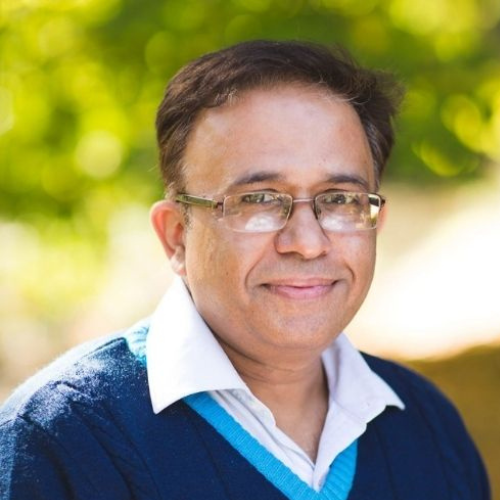India has been experiencing unprecedented heatwaves this summer. The hottest March in 120 years was recorded by the Indian meteorological department (IMD), a few weeks ago. The intense heatwave in mid and late April brought the temperature from 4.5 to 8.5°C above normal in central, east, and northwest India.
45.9 was recorded in Prayagraj, Uttar Pradesh, on 27 April 2022. According to the India Meteorological Department, a high of 45.1°C (113.2°F) was recorded at Barmer in West Rajasthan in the northwest the day before. Temperatures of 42-44°C (108-111°F) were observed in many additional locations.
CitySpidey spoke to Aditya Pundir (Director, India and South Asia, The Climate Reality Project India) about this issue. He says, “The temperature on earth has already risen by 1.1%. This is why the entire climate system is affected.” The land has been heated up more than ever before. These are known as heat pockets. If this happens in any part of India, it can lead to an anticyclone. Anticyclones can also stop wind movement, which will cause intense heat and less chance of rain.

Aditya Pundir also mentions, “The AR6, IPCC report predicts many more heatwaves in South Asia in the coming times. This is only starting because IMD also stated that maybe the temperature will touch 50°C in the coming times. The temperature of the Earth has increased by 1 degree Celsius, so the ocean temperature is also increasing. That is why there is currently 7% moisture. This moisture will also affect the rain level.
He continued. “In the past 8 lakh years, the highest level carbon dioxide was 280 parts/million. Now it’s at 410+. We have made it more common because of our actions. Greenhouse gases are the main ingredient in fossil fuels. The greenhouse gases act as a blanket over the earth and help maintain the earth’s temperature. The increase in emissions despite Covid lockdowns is a sign that carbon dioxide is increasing and we need it to be reduced by 45%. This heatwave will have an impact on the health of people and must be addressed by the government as part of their preparation for Covid.
India has a high number of manual laborers. This heat is directly affecting people’s health. This problem is making fieldworkers, such as farmers, street vendors, and rickshaw pullers, sick and dehydrated.
Aditya Pundir speaks out about how this situation affects people. “According to news and current time, farmers are complaining about the loss of wheat due to heat. Heat will have an impact on food and water, and it will also impact the health of people. There are many Indians who do fieldwork in India, such as on farms, construction sites, and markets. Heatwaves can increase the chance of heart failure, heatstrokes, and other problems.
The heatwave is a result of heat-related illnesses, poor weather, insufficient rain, and lower crop yields. The country is now experiencing its worst electrical crisis in six years. This is due to an increase in power demand and a decrease in coal supply. The Himachal Pradesh’s northern regions have seen mountain snow melting rapidly. According to the Forest Survey of India on April 27, more than 300 wildfires erupted across the country.
“In India, 70% electricity comes from coal, and only 10% of renewable energy is available. Globally, we still depend on coal. Pundir suggests that government should push for solar energy. This should be done under war-footing, so that the problem doesn’t increase in future.”
According to the forecast, the heatwave will worsen in the coming days and last at most for a week.
India experiences heatwaves in spring and early summer. May is the hottest month of the year. The monsoon season, which runs from late May through September, usually brings relief. According to India’s Ministry of Earth Sciences (MoE), the number of heatwaves in spring has been increasing. 12 of the country’s 15 warmest year records were made since 2006.


